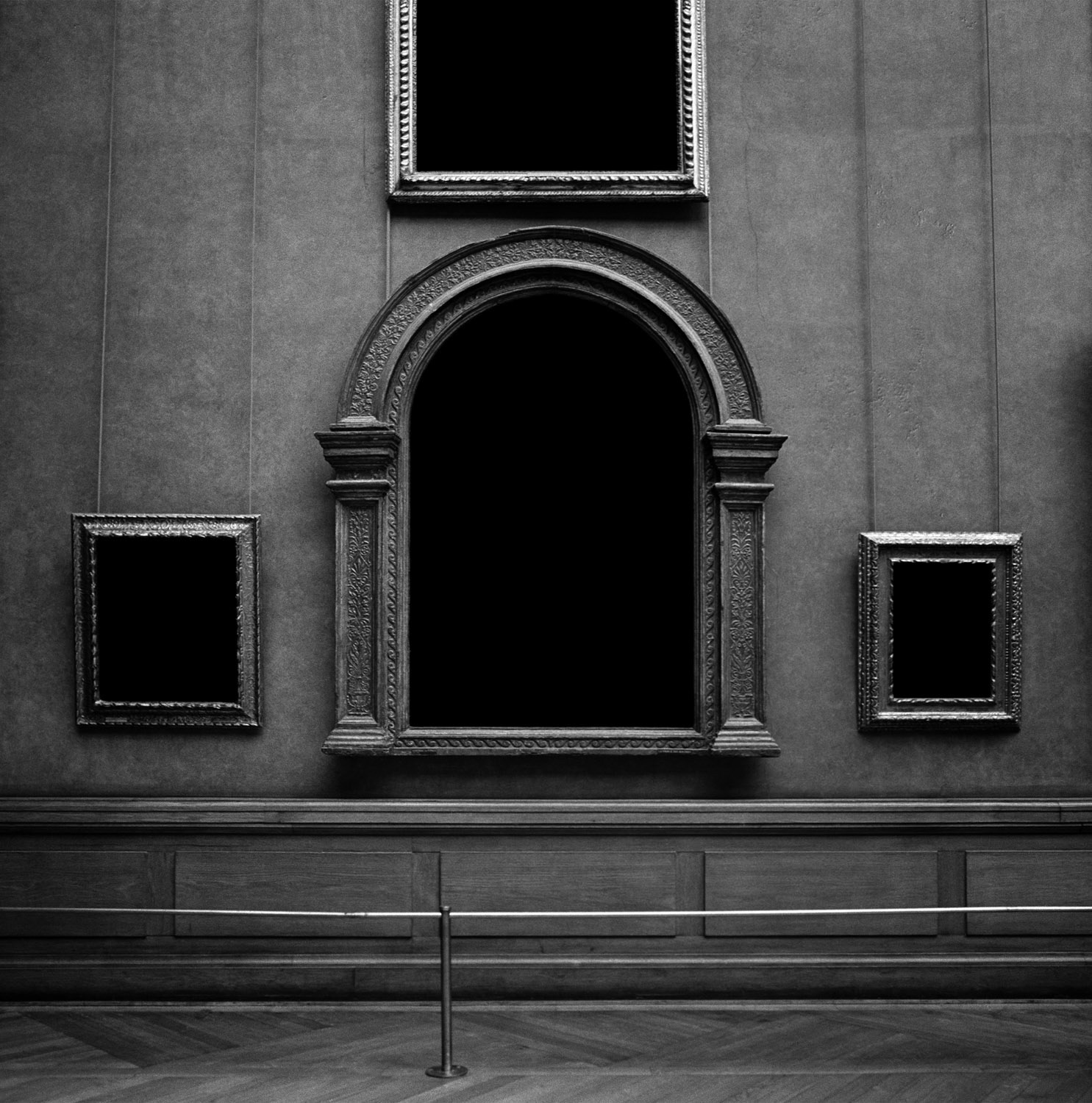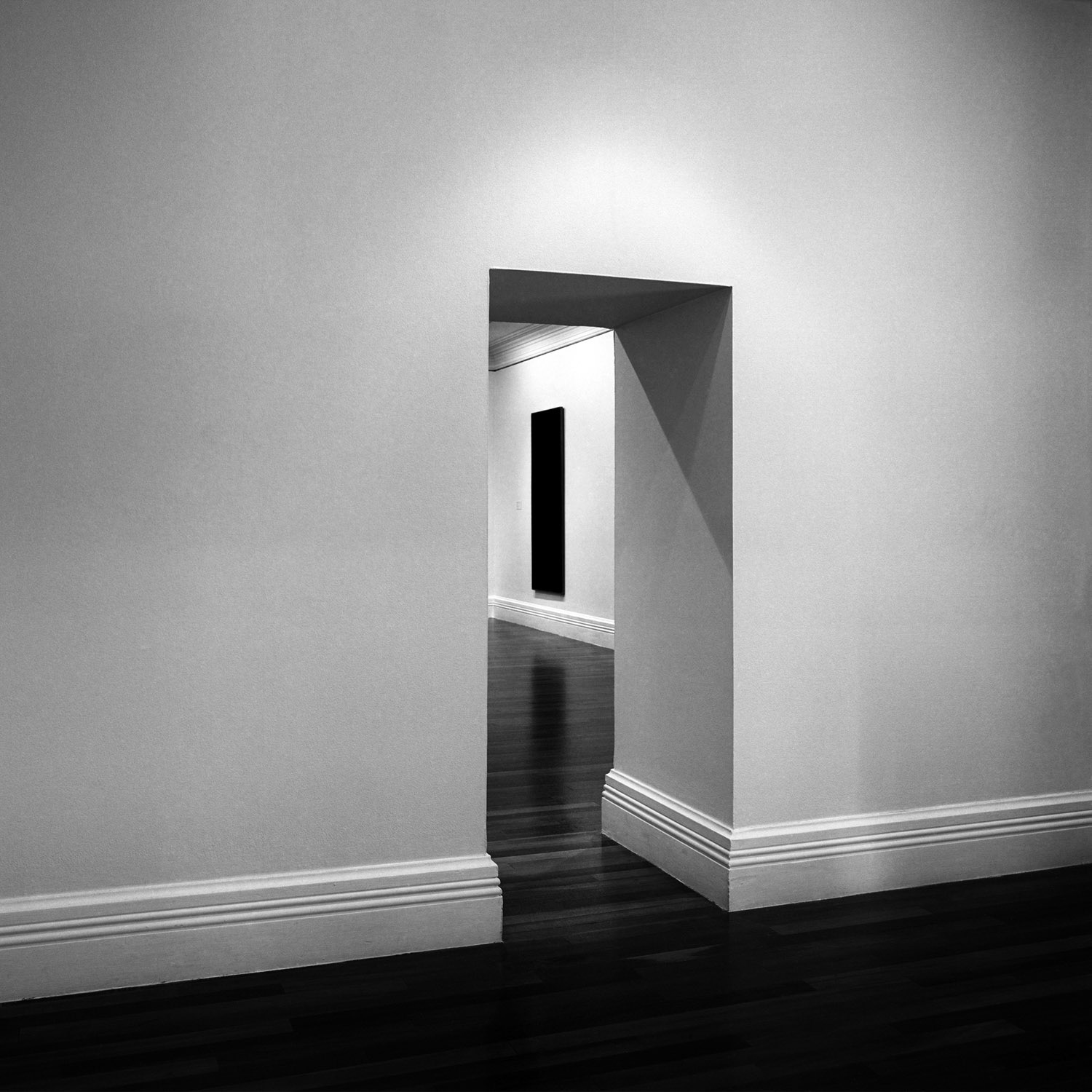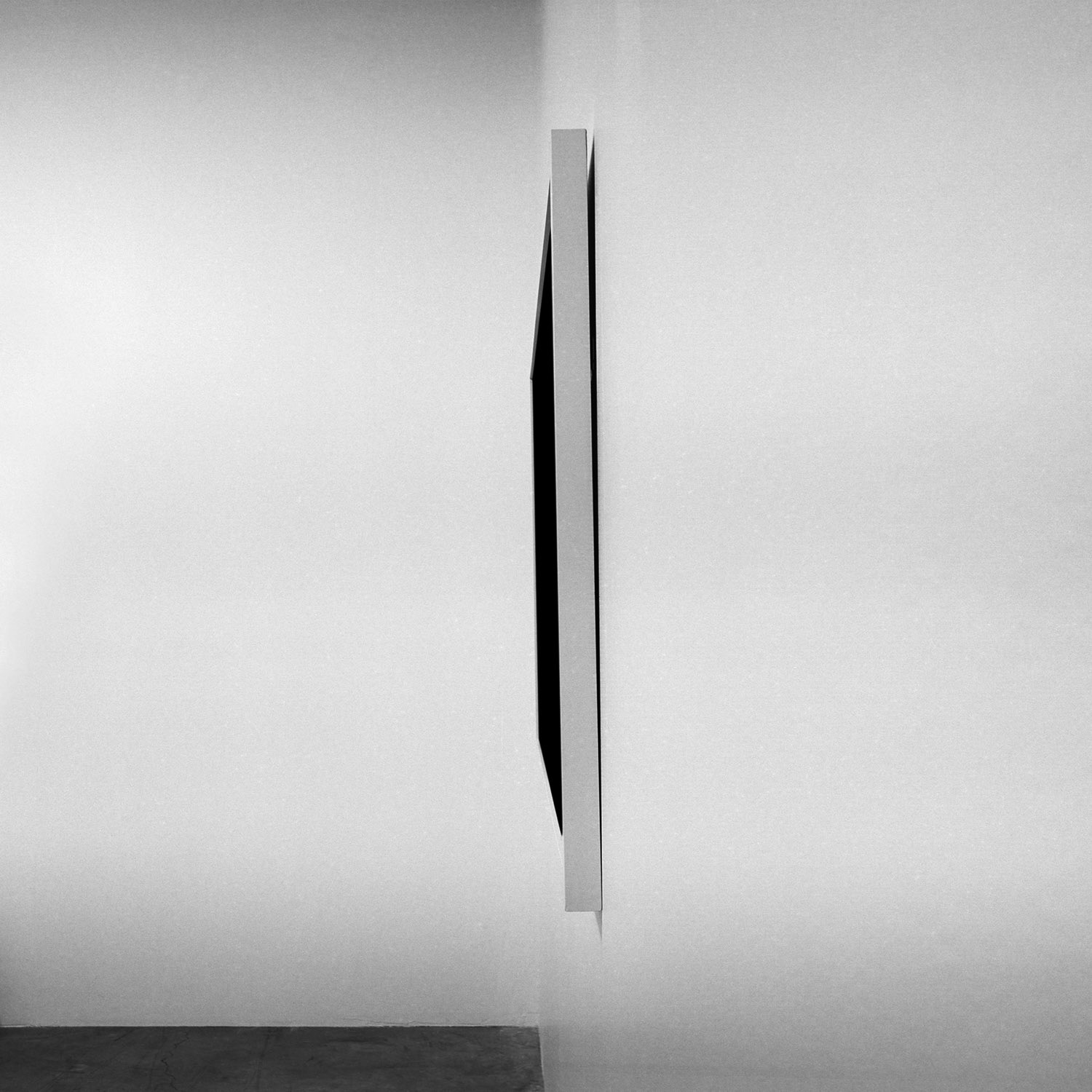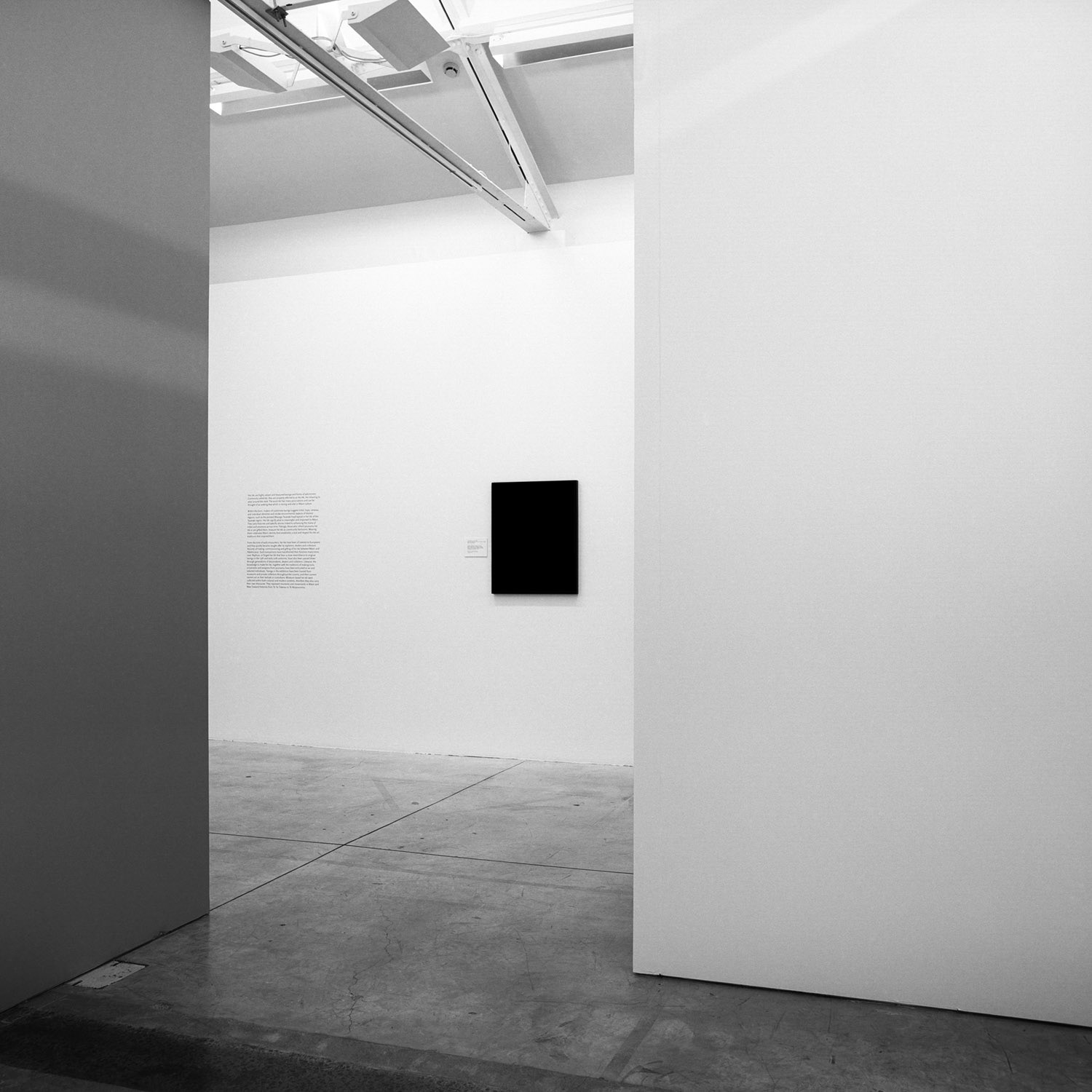"Among the great things which are found among us the existence of Nothing is the greatest." Leonardo da Vinci 'The Notebooks of Leonardo da Vinci' trans. & ed. E. MacCurdy 1954
"[The crowds at the Louvre] didn't look at the other pictures. They contemplated at length the dusty space where the divine 'Mona Lisa' had smiled only the week before. And feverishly they took notes. It was even more interesting for them than if the 'Gioconda' had been in its place." Le Matin, 30 August 1911.
"Was the theft of the 'Mona Lisa' the perfect crime of the Modernist era? A painting is stolen and thousands converge on a museum to see an empty space. The crime seems to herald so many of the preoccupations of both the artists and the writers of Modernism: the powers of absence, the void beyond the image, the emptiness at the heart of civilisation..."
"And doesn't the theft set out an agenda for the practice of art itself? The split between the work and the empty space it occupies is arguably a defining feature of seminal, programmatic works such as the 'Black Square' of Malevich, shown only a couple of years after the return of Leonardo's painting and consisting simply of a black square on a white background. The tension between a painted image and the place where this image is housed thus becomes the very subject of the work of art." Leader D. 'Stealing the Mona Lisa' Faber & Faber London 2002.
"One can imagine looking for paintings in photographs in order to find a subject, only to lose the subject to the painting. In this way, looking for the subject is looking for painting." Lisbon L, Painting and Ethics 'Beauty is Nowhere' ed. Richard Roth & S. K. Roth. Amsterdam 1998.
'Looking for the Subject' presents images of The Louvre (1990) and Auckland Art Gallery (2005). The project was exhibited at Wellington City Gallery 2007.




